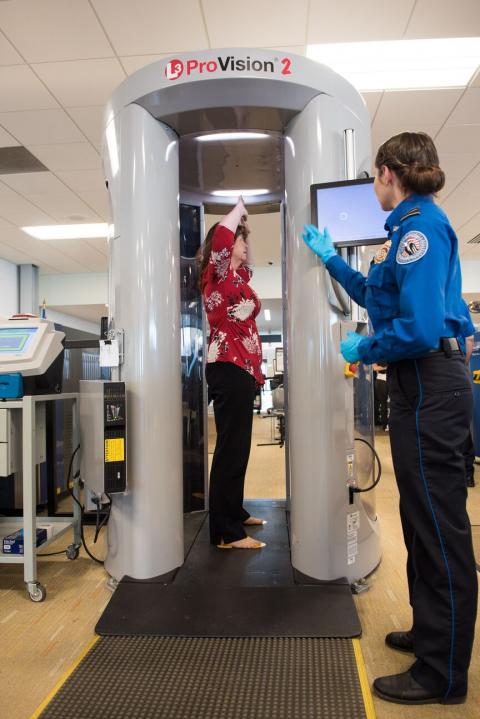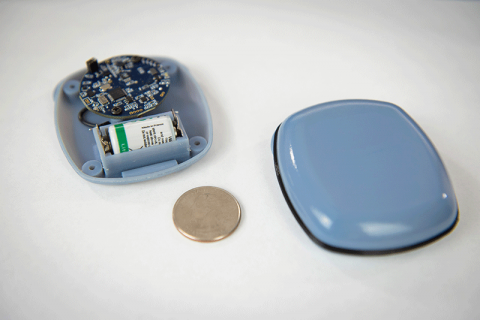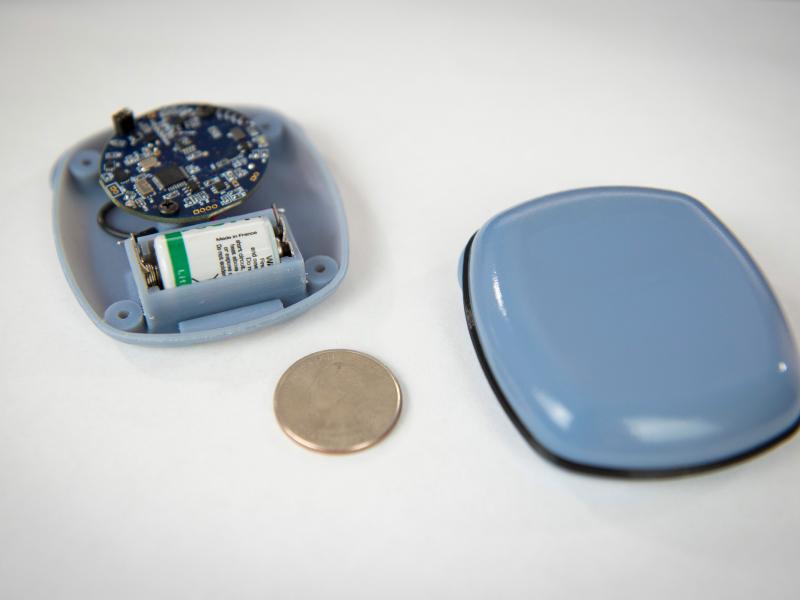
Deployed Technologies
Deployed Technologies
Transitioning innovations to the real-world
Transitioning innovations to the real-world
Pacific Northwest National Laboratory staff educate sponsors on how they can advance national security and provide them with best practices for making technology work in the real world.
(Graphic created by Shannon Colson | Pacific Northwest National Laboratory)
Technology deployment transitions innovations developed at Pacific Northwest National Laboratory (PNNL) to the marketplace where they can be used to solve national problems, enhance lives, and improve security around the world. PNNL staff educate sponsors on how they can advance national security and provide them with best practices for making technology work in the real-world.
Examples of recent successful projects in technology deployment within national security include:
Airport Security
PNNL is able to use its broad science and engineering capabilities to help develop and deploy technologies to protect airline passengers and enhance our nation's security. Scientists and engineers determined how to use non-harmful, ultrahigh-frequency radio waves—called millimeter waves—to penetrate clothing and rapidly scan for concealed objects and then project the final 3-D holographic image on a computer. Under the support of the Transportation Security Administration, the technology was successfully demonstrated in US airports with more than 2,000 scanner deployed on six continents.
Now, researchers at PNNL are working on a shoe scanner that could replace the inconvenient pre-boarding ritual of removing your shoes. By integrating this into the existing body imaging portals, the system could provide an image of a passenger’s footwear while still on. Like the body scanner, the shoe scanner will quickly identify any concealed threats.

Mobile Source Transit Security System
The Mobile Source Transit Security system developed by PNNL meets a longstanding need to protect mobile radiological material that is used for commercial purposes from loss or theft. The system tracks and secures radiological material that is transported to and from industrial jobsites daily. The system is a first line of defense against radiological terrorism.
For the Mobile Source Transit Security system, PNNL researchers focused on securing sources used in two specific applications within the oil and gas industry—oil well logging and industrial radiography. There are important uses of sources in this industry but because of the nature of the work in the field there are lots of opportunity for loss or theft. It is important help the industry keep these sources safe and accounted for.
Gunshot Detection
This award-winning Acoustic Gunshot Detection technology was developed and deployed to work in indoor environments, such as schools, office buildings, and other confined spaces. Within a matter of seconds and with 99.99 percent accuracy, PNNL’s Acoustic Gunshot Detection technology distinguishes between loud noises that sound like gunfire and an actual gun being fired. The innovation enables the immediate alerts to authorities of an active shooter and the location of the shooting. Using machine learning capabilities, our researchers developed patented, mathematical algorithms that “trained” the suite of sophisticated sensors to not only identify a gunshot but also the caliber of the weapon, increasing the safety for first responders so they know what kind of weapon they are dealing with.

